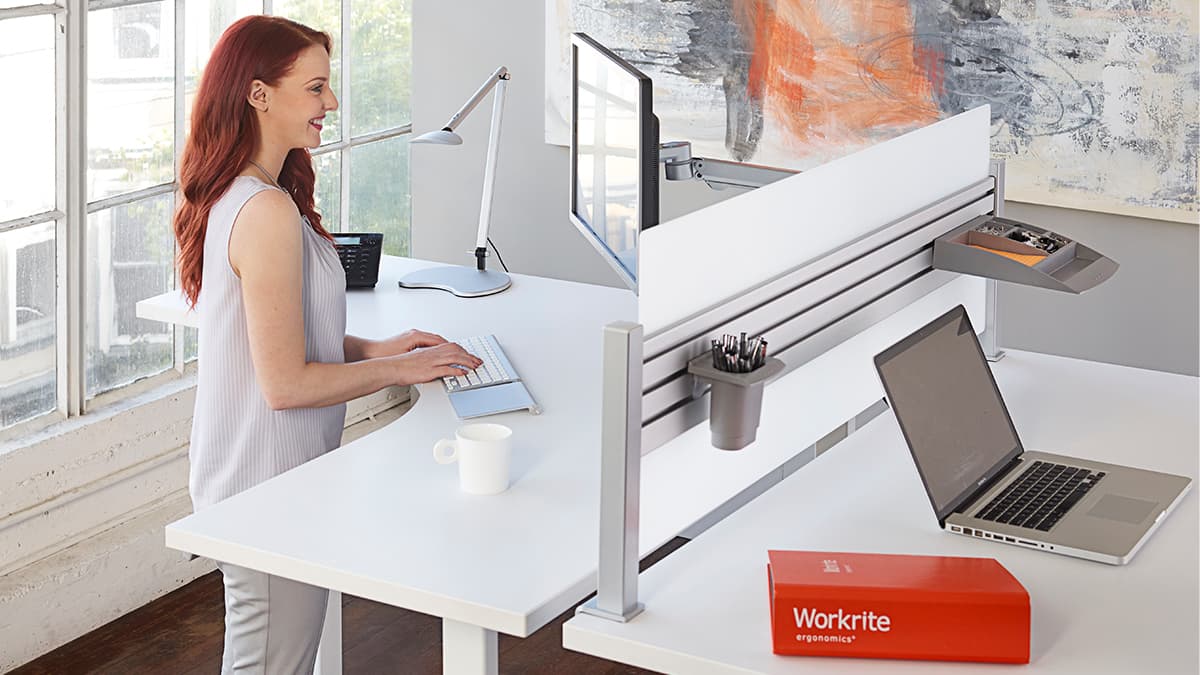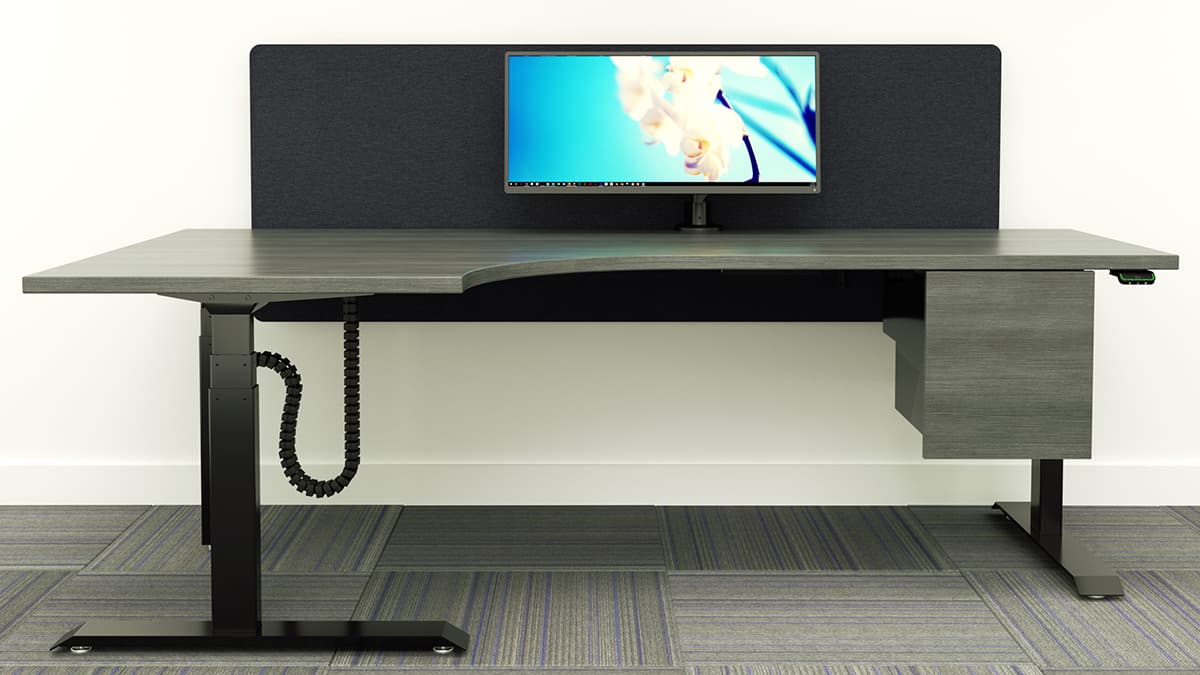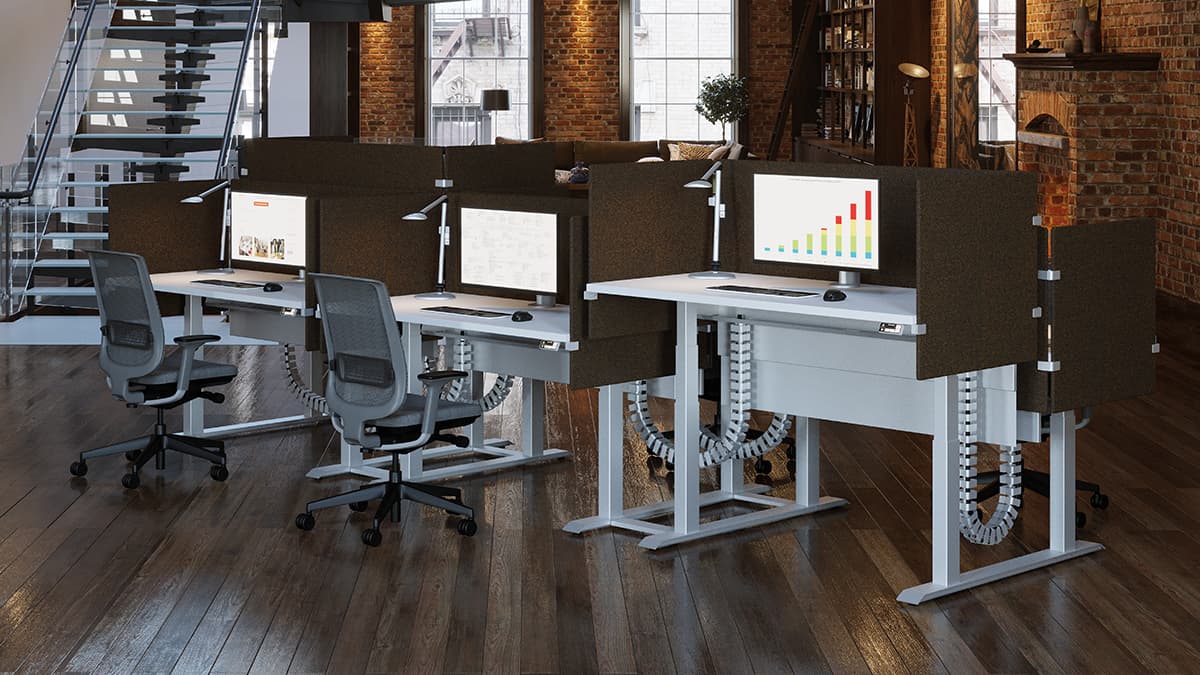Worksmart
How Smart Workers are Leveraging the Power of Prioritization

The phrase “work smarter, not harder” is everywhere, but for a good reason. We spend so much of our time working, but how much are we actually getting done? Working smart means being productive not just busy. If at the end of the day, all you’ve done is clean out your email (good for you, by the way!), was that really a productive use of your time?
Be Productive, not Busy
Smart workers and savvy employers are beginning to understand that being busy and being productive are very different. Productive employees are good for the business and are more satisfied with their jobs. They produce higher quality work in less time. Meanwhile, their busy counterparts are feeling overwhelmed, working really hard, but not working smart. Smart workers can also make use of technology to boost productivity.
Prioritize Yourself
Prioritizing yourself is the first step to working smarter. In order to be productive at work, you have to take care of your body, mind, and spirit. This means taking breaks often, getting plenty of sleep, and reducing stress. Some workers are so focused on working more and working hard that they allow their work to take away from their physical, mental, and emotional wellbeing. The best thing you can do to get ahead at work is be healthy, happy, and focused (here’s some great tips to boost happiness at work and away).
Fix Your To-Do List
Next, you can prioritize your work tasks. If you have a mile-long to-do list, what is most important? What deadlines are approaching? Are any of these tasks unnecessary? Can they be completed by someone else? Whittle it down as much as you can. Each day, give yourself a handful of tasks to focus on, whatever is highest priority and can realistically be completed that day. There are lots of great online project management tools that can help you stay organized, and all that organization might help you get promoted.
Define Action Items
The to-do list is a powerful tool if you use it to your advantage. Each task you put on the list needs to be actionable. This means it is specific enough to be marked “done” when it’s done. If your list items are too broad, try turning them into actionable tasks. If you want to start a blog, for example, don’t just put “start blog” on your to-do list. Instead, you could say “write one, 800-word blog post today”. Want to take it a step further? Adding time limits to each task will help you stay on track and can even help you work faster.
Organize Your Work Day
Organizing your work day to ensure high productivity can be a challenge. We’re often interrupted by unexpected urgencies. We’re constantly checking email and getting push notifications on our phones and desktops. While multitasking may seem like a good idea, no one can do it well. If you try to do everything at once, you’ll end up doing a lot of things badly rather than doing one thing well. Turn off desktop and phone notifications and give yourself a few minutes each hour or two to check them. Odds are, those emails can wait until you’re at a good stopping point.
Take More Breaks
Chunk your tasks and take breaks often. You can customize this to your workload and personal schedule but try four stints of focused work separated by short (or long) breaks. For example, work for two hours, take a short walk around the building, work for two more hours, take your lunch break. Back at your desk for the afternoon, work for two hours, stop and do some stretches at your desk, work for two more hours, go home! All these breaks throughout the day may seem counterintuitive, as that’s time spent not working, but this is actually super valuable. Taking breaks lets you reset and refocus, which will make you more productive. For an overall healthier workday, check out these 10 healthy workday habits.
Prioritization is a great tool for getting more work done without wasting any time. Use these takeaways to get started working smarter today:
- Be productive, not busy
- Prioritize yourself
- Create an actionable, prioritized daily to-do list
- Cut out distracting time-sucks
- Chunk your work and take breaks in-between




Connect with Us